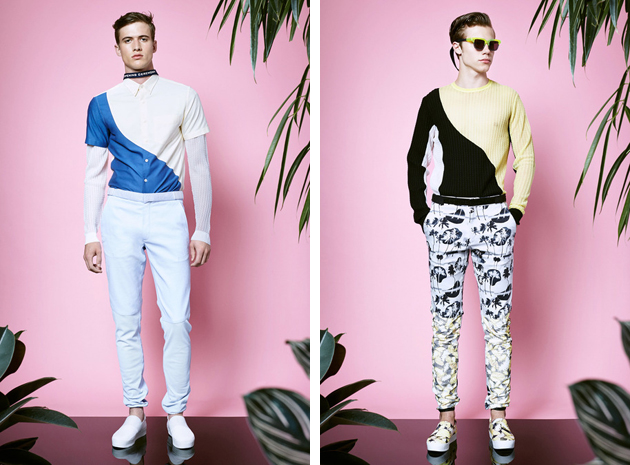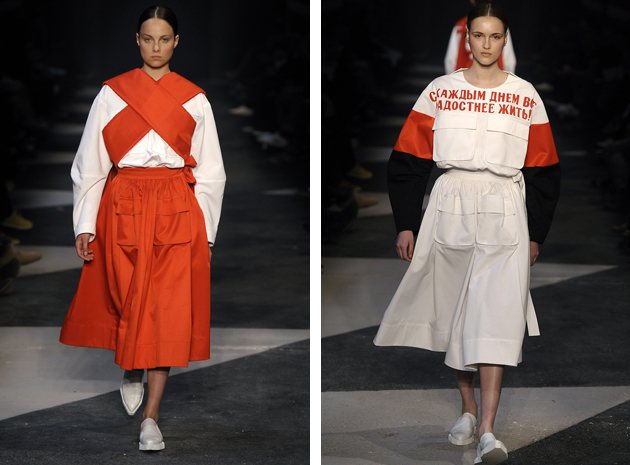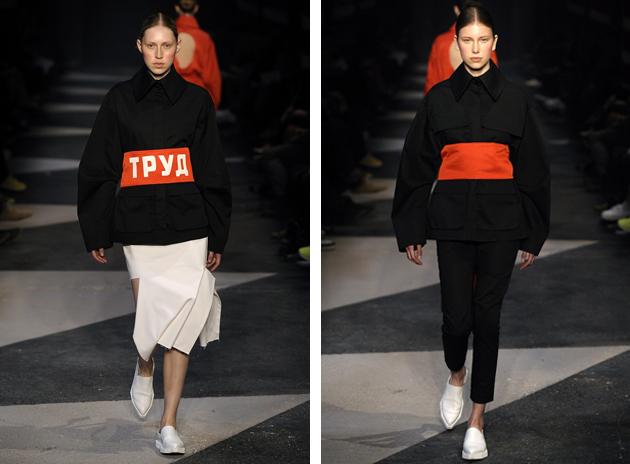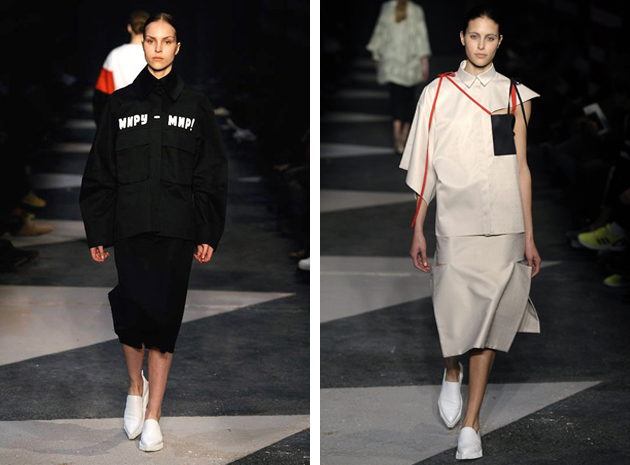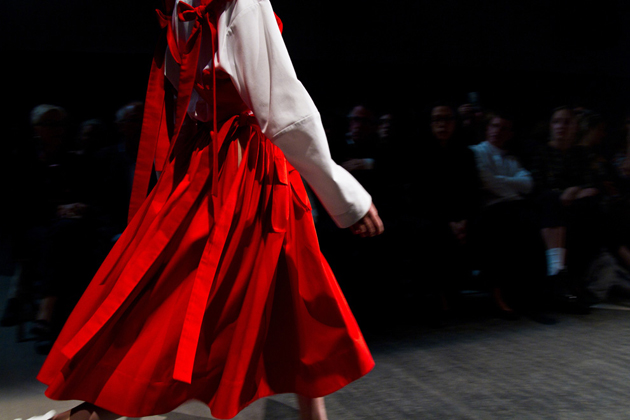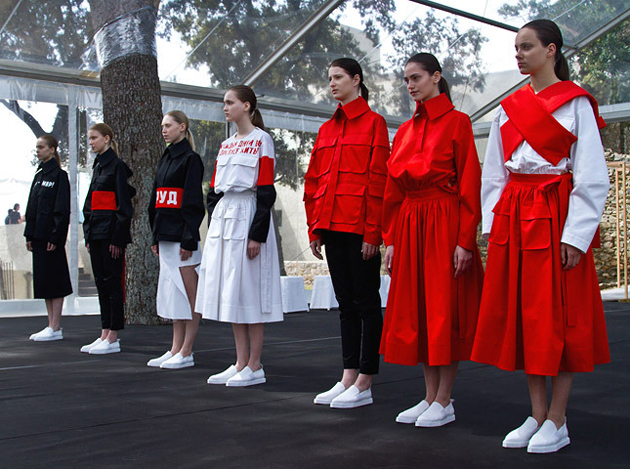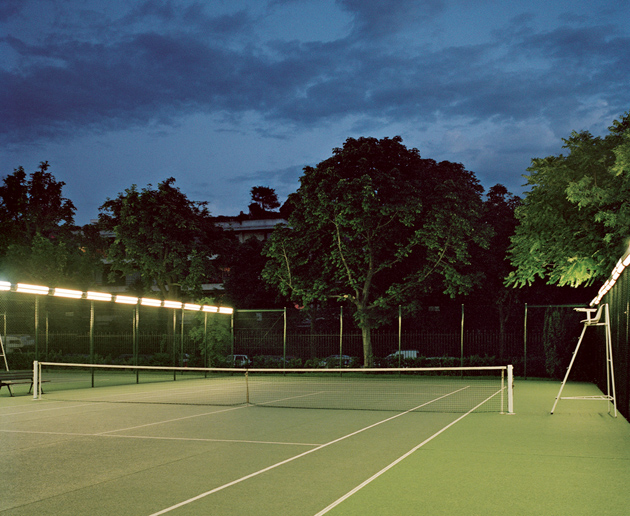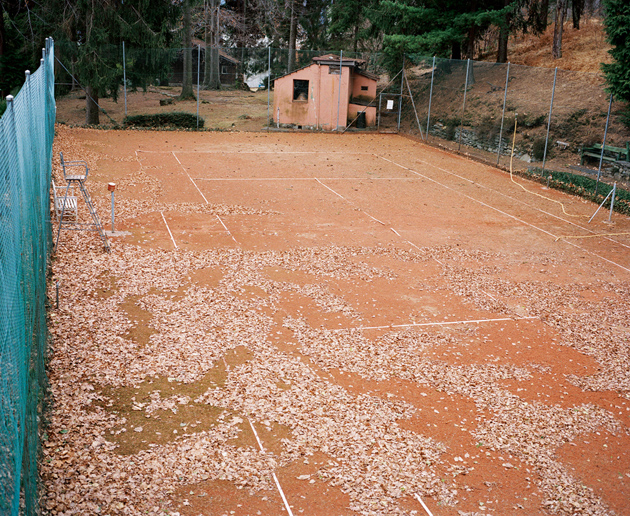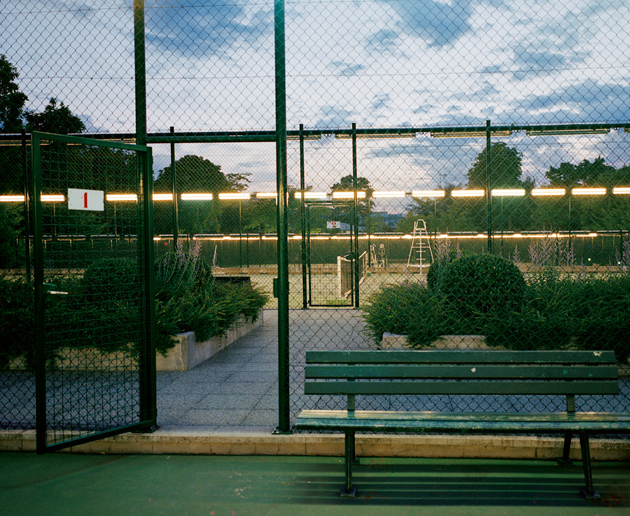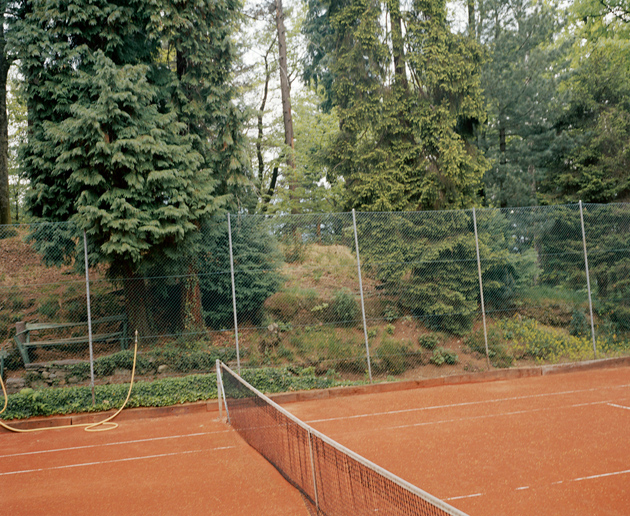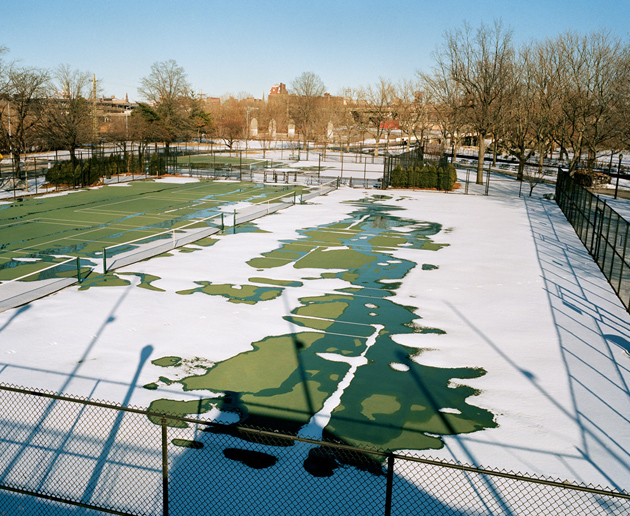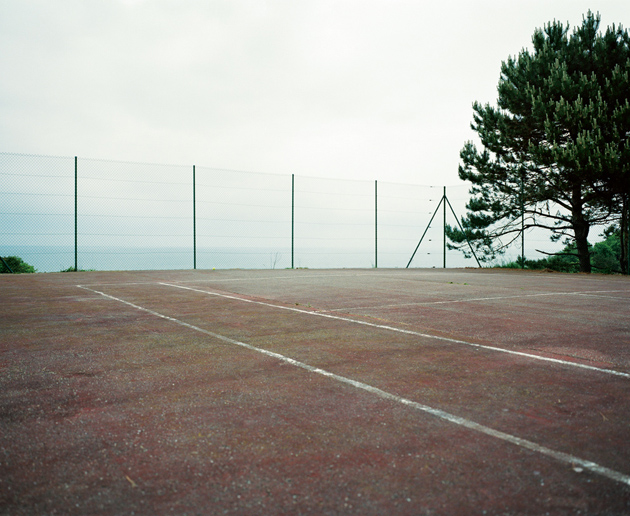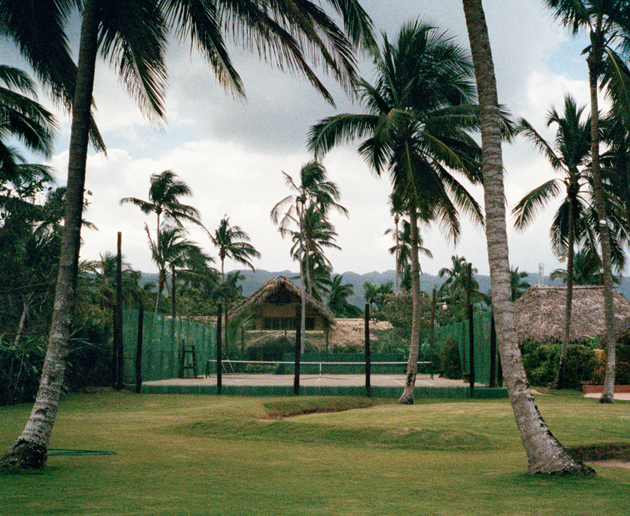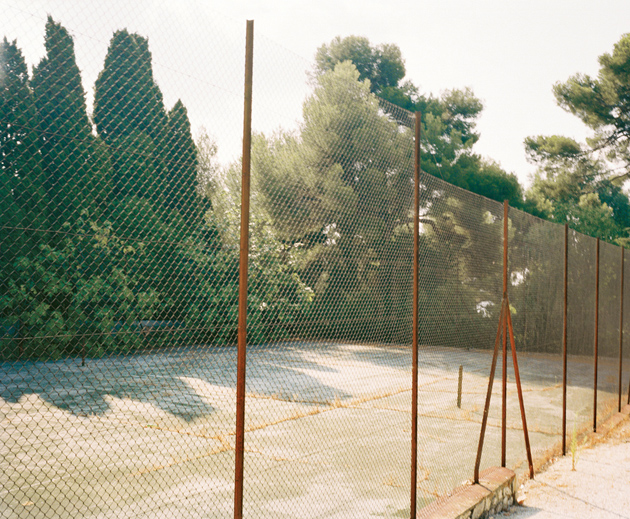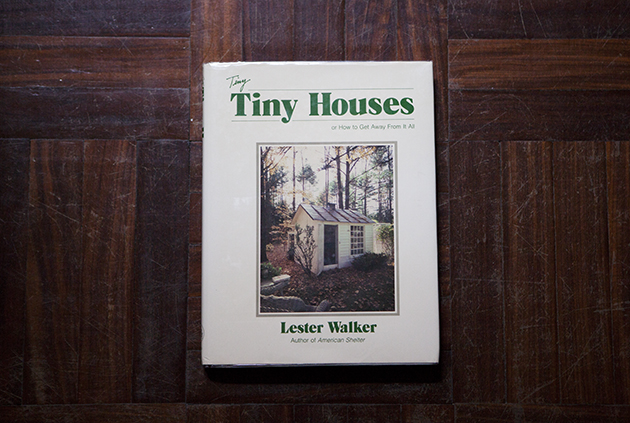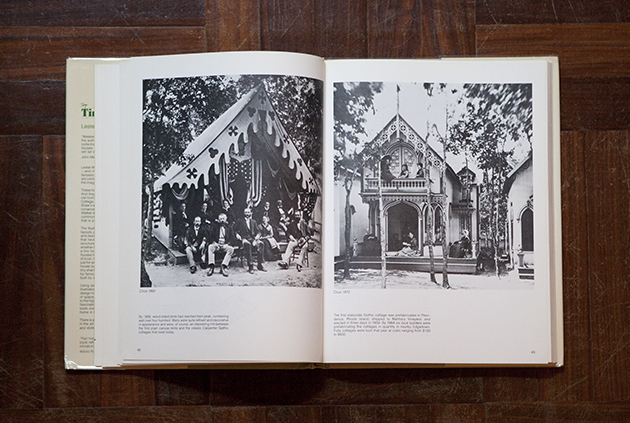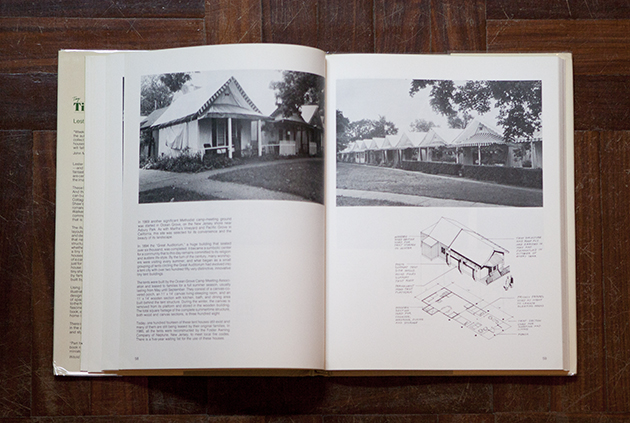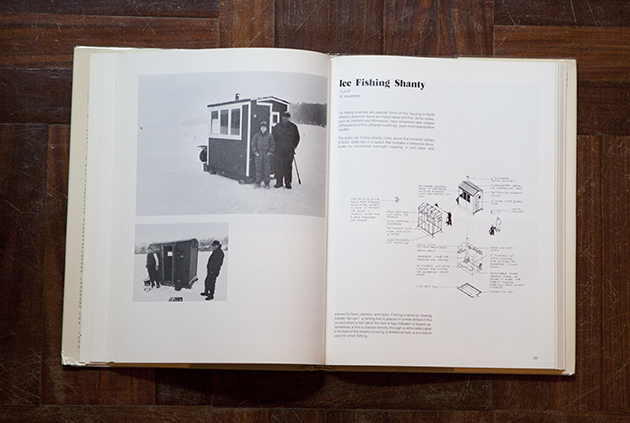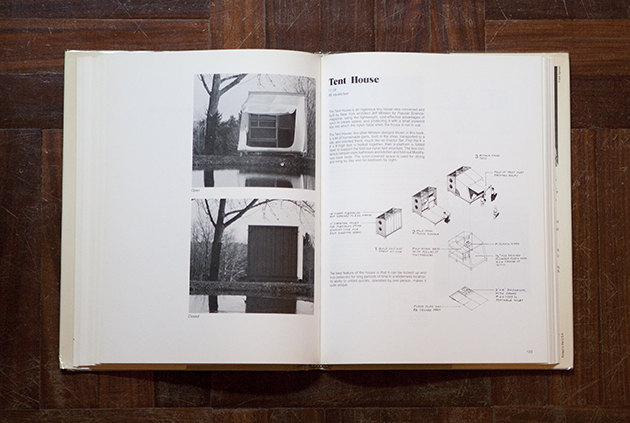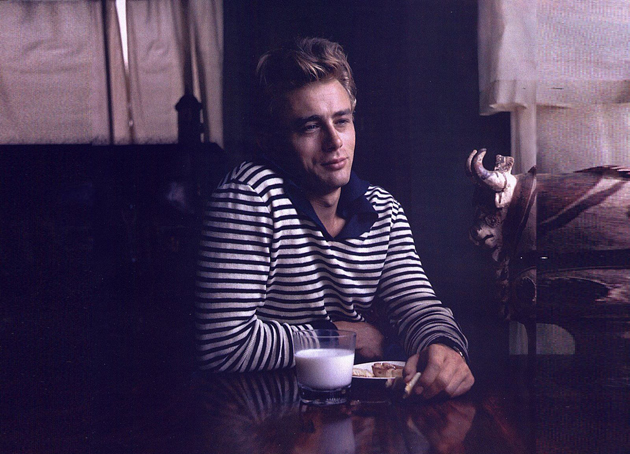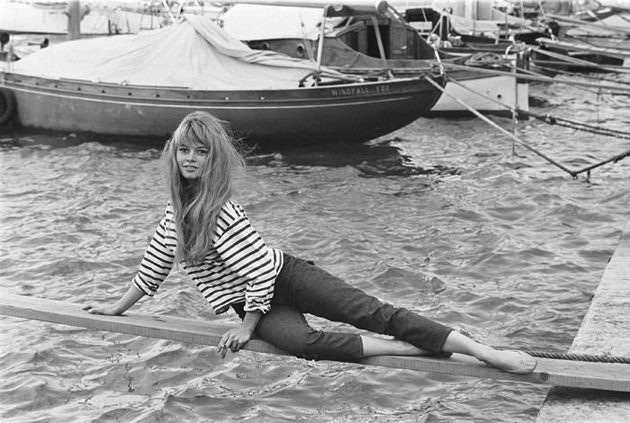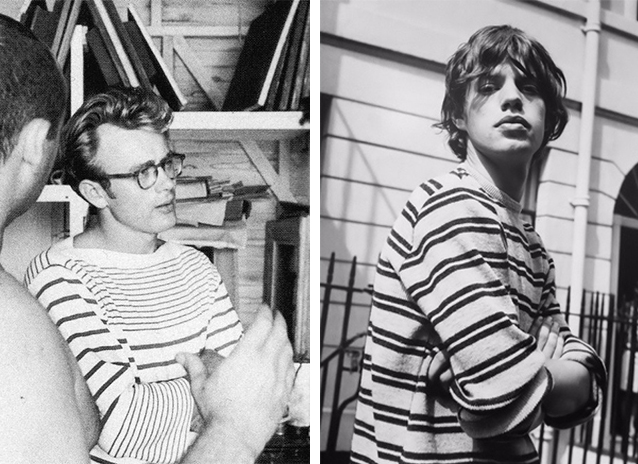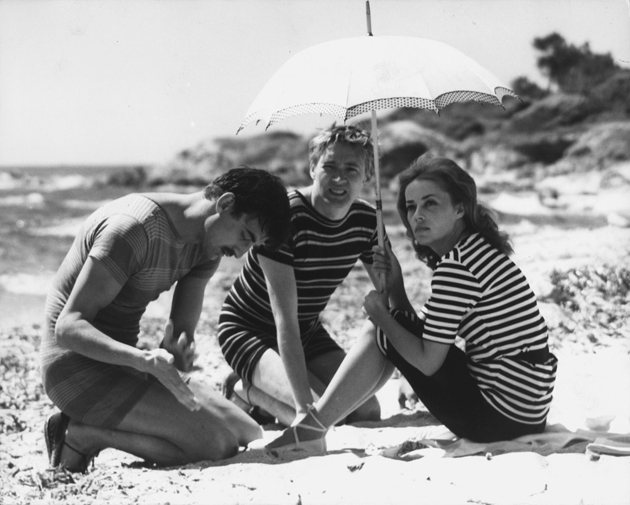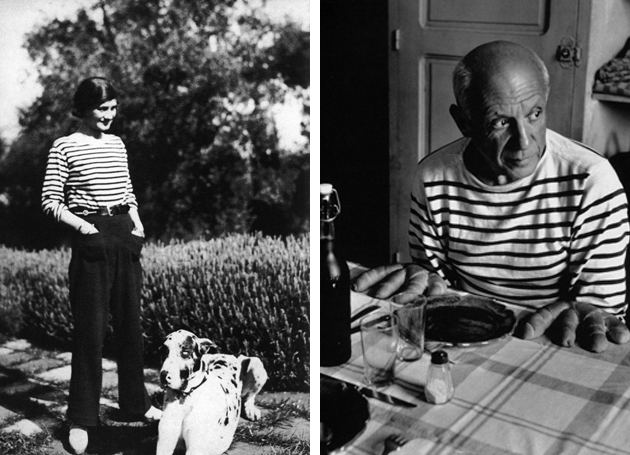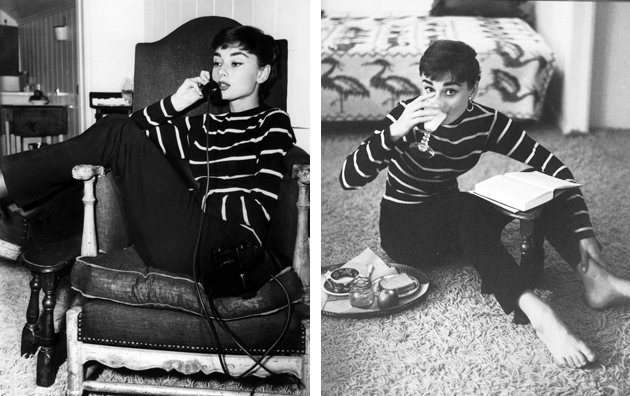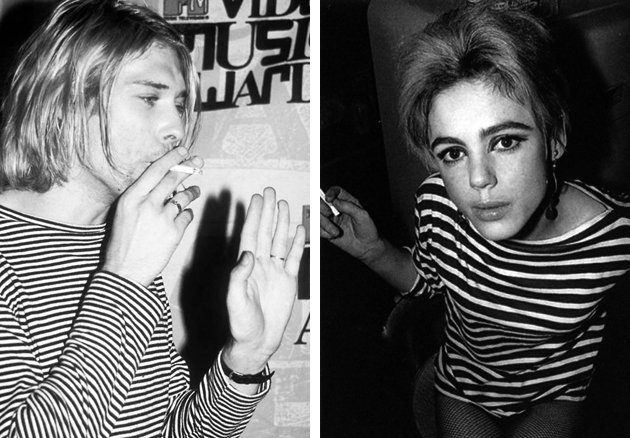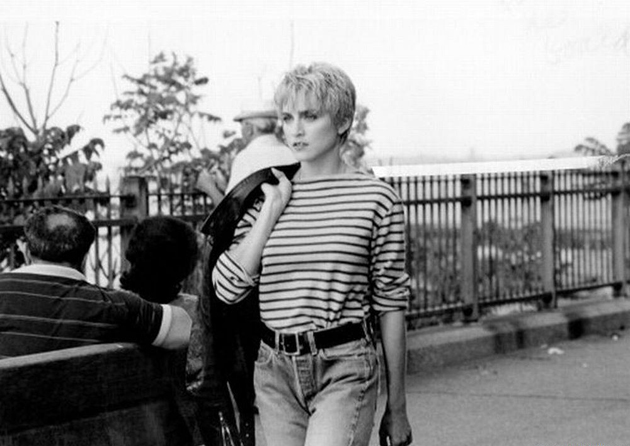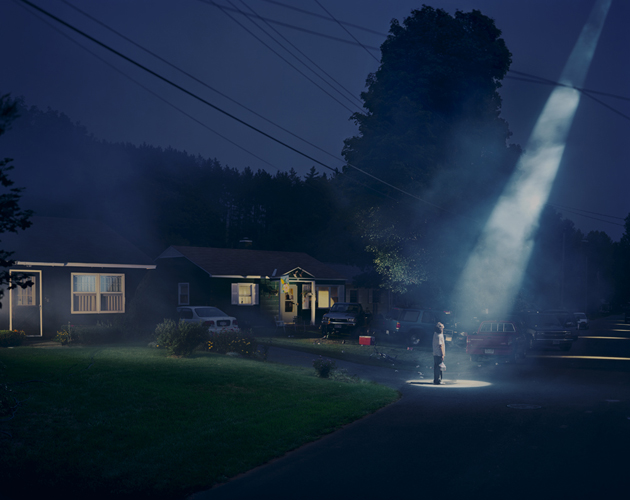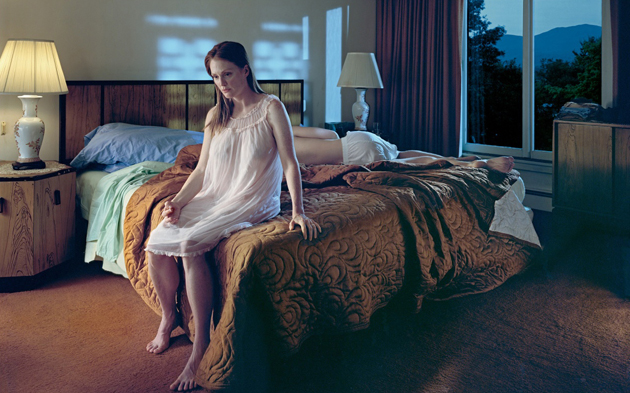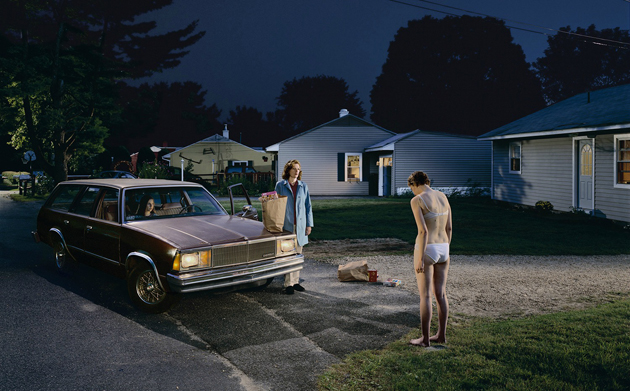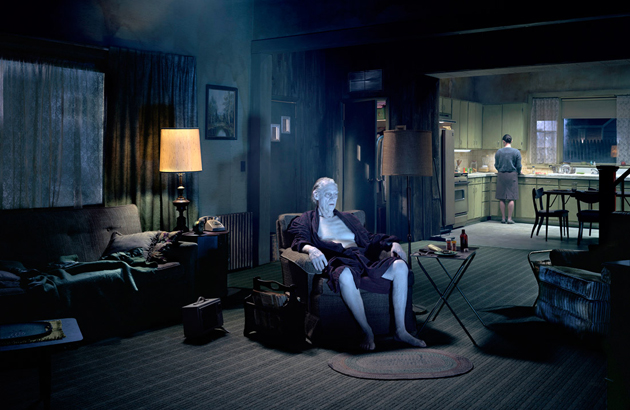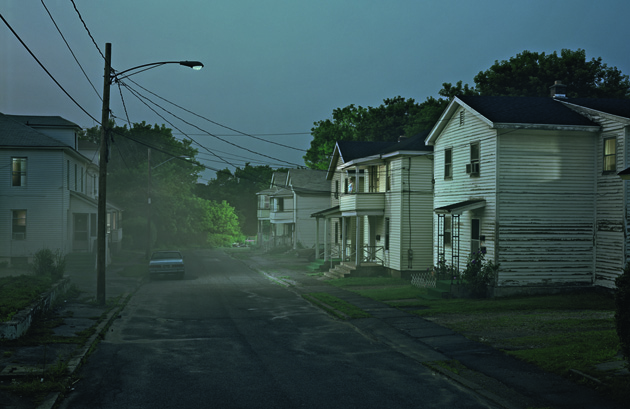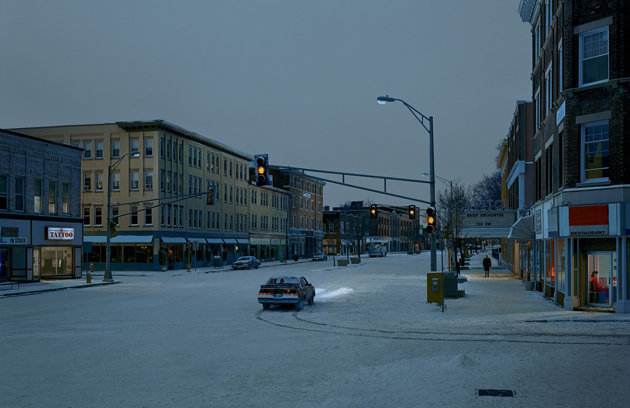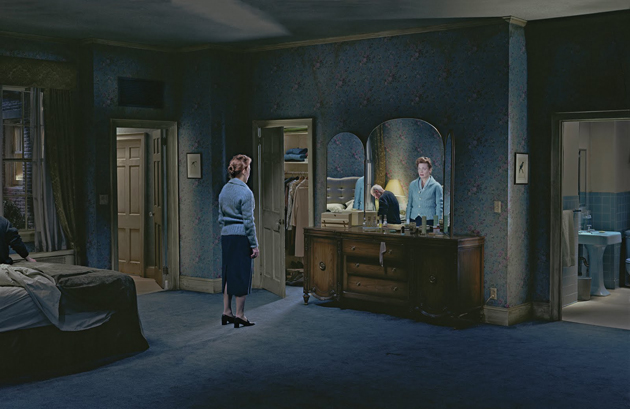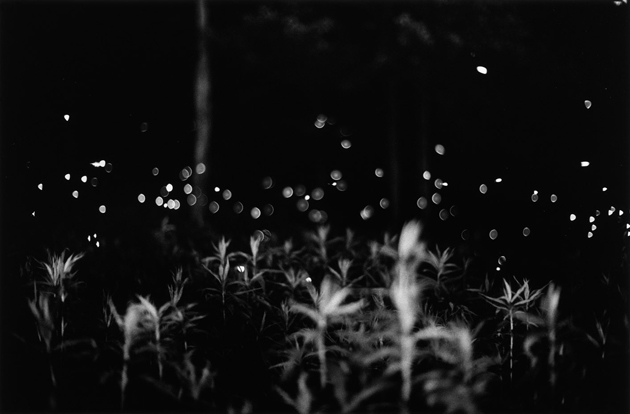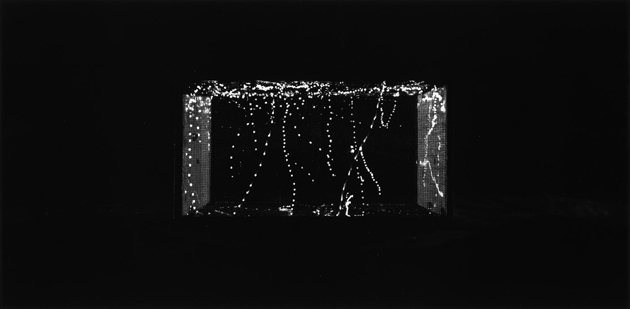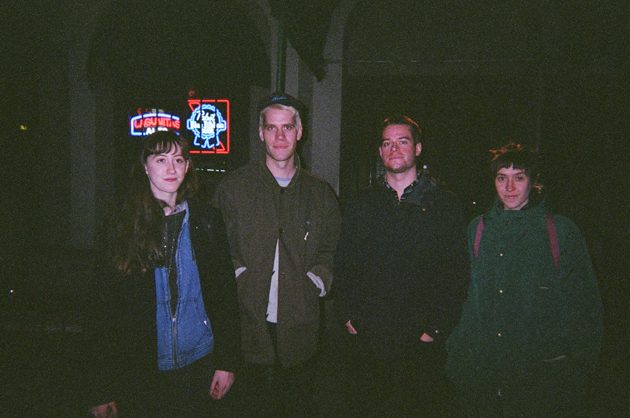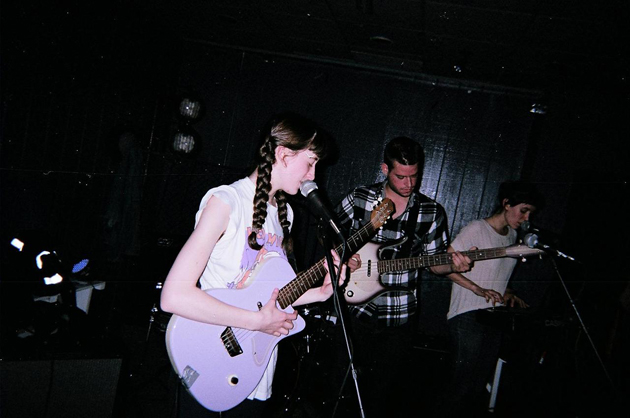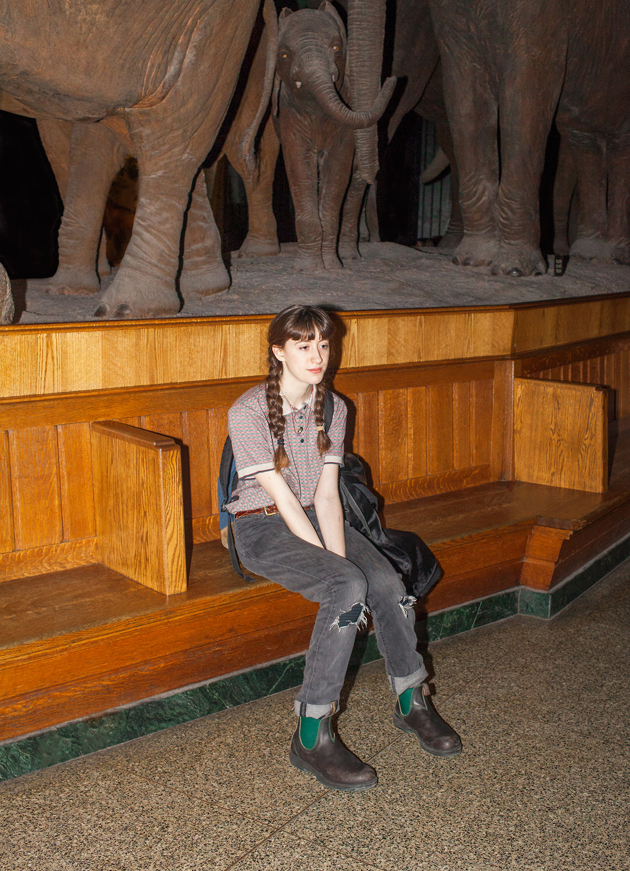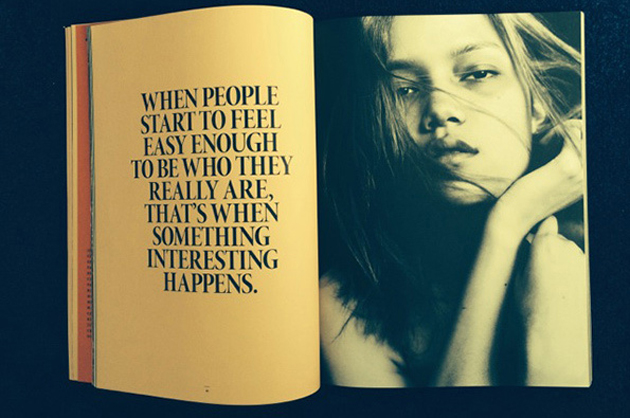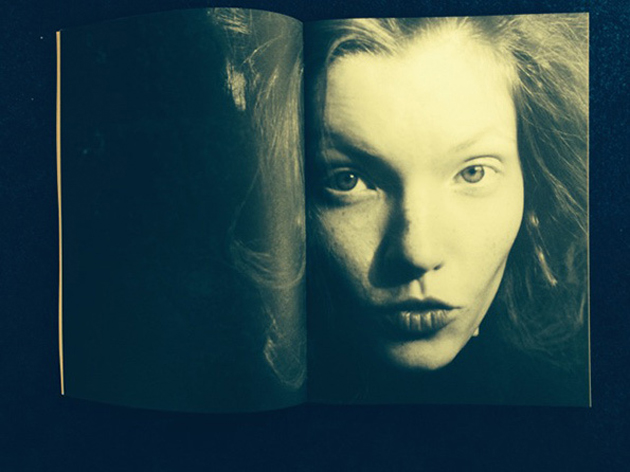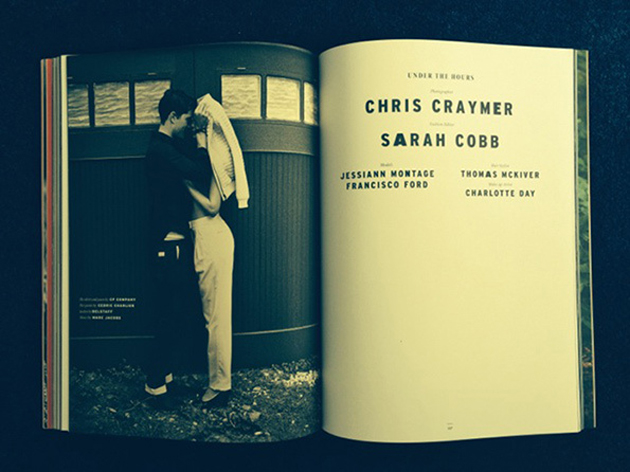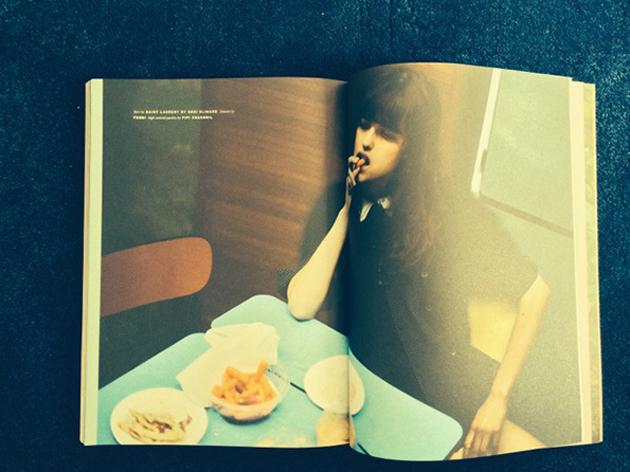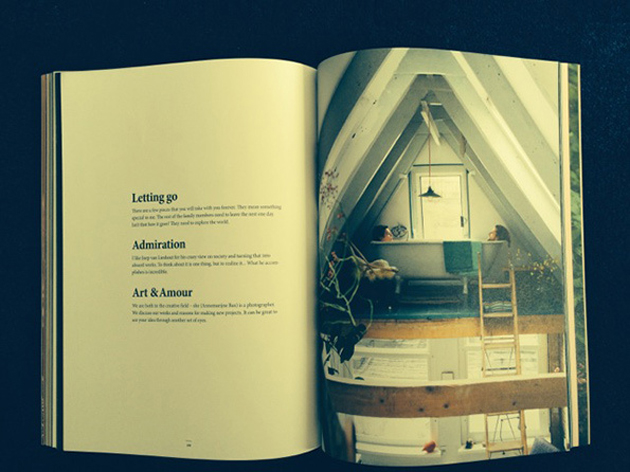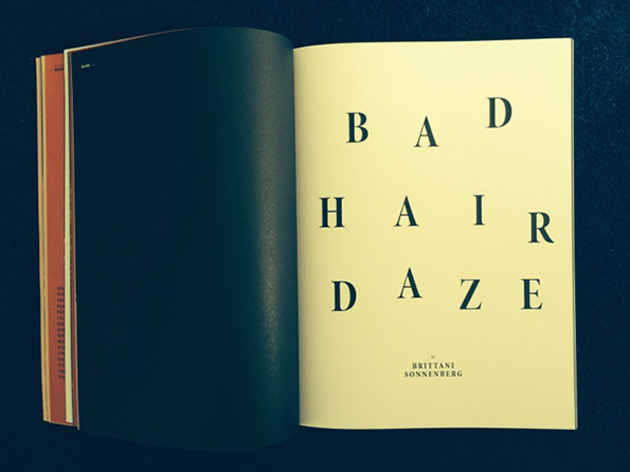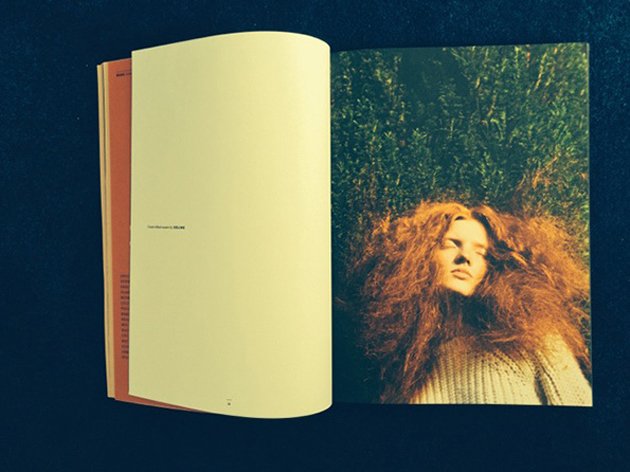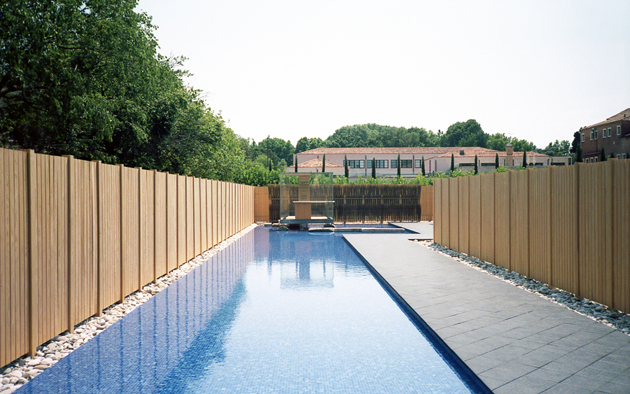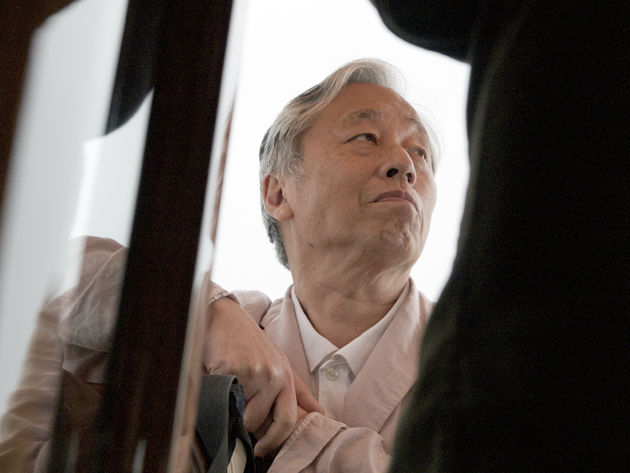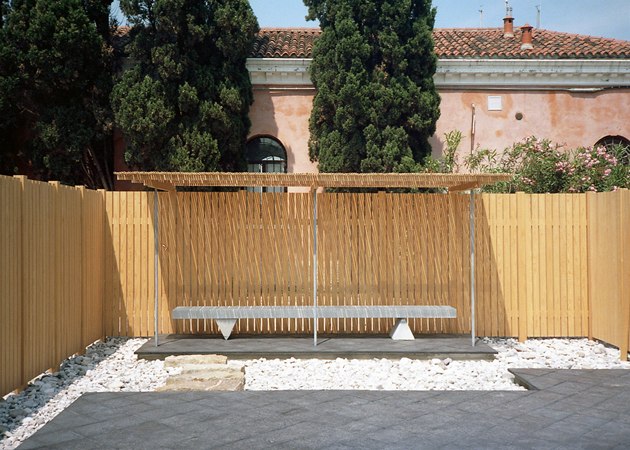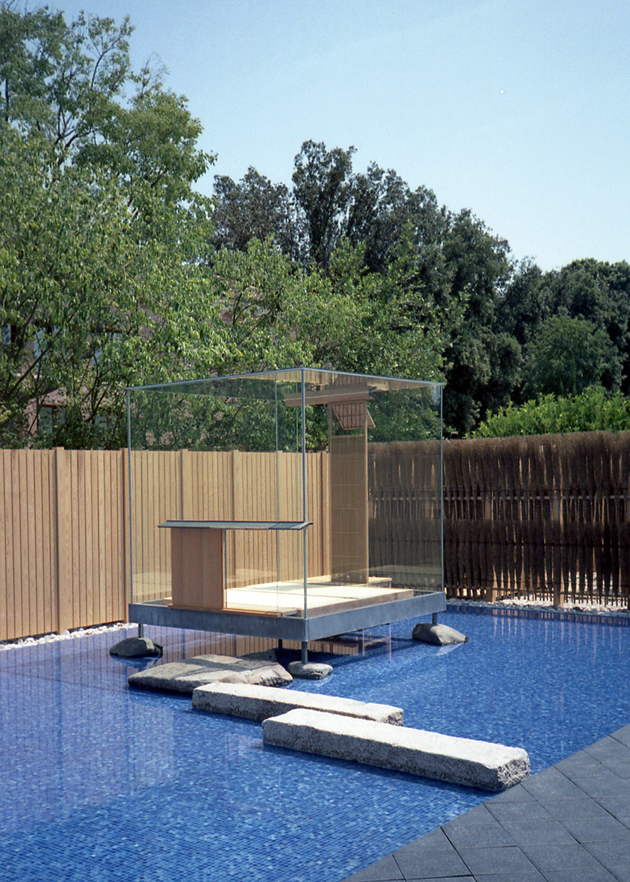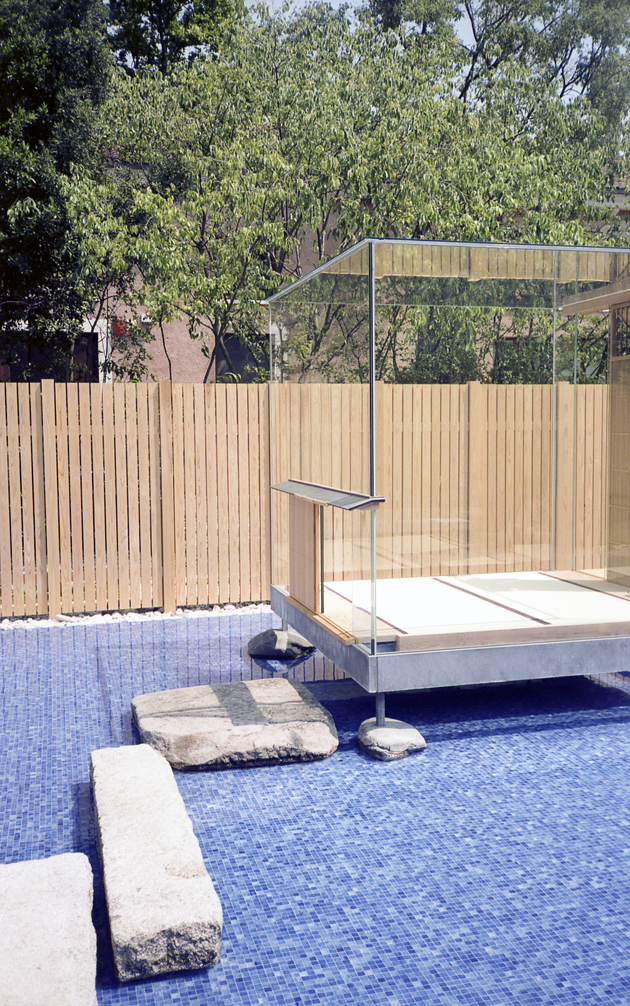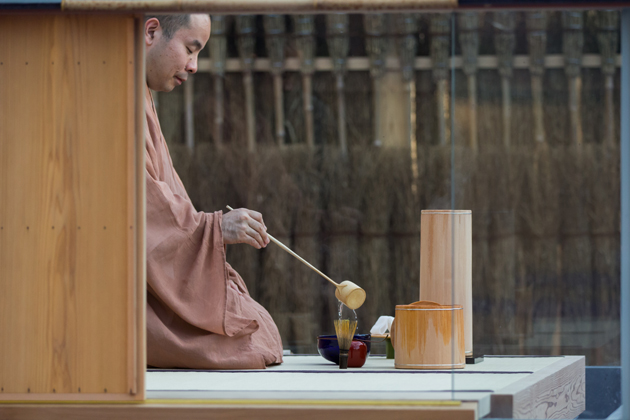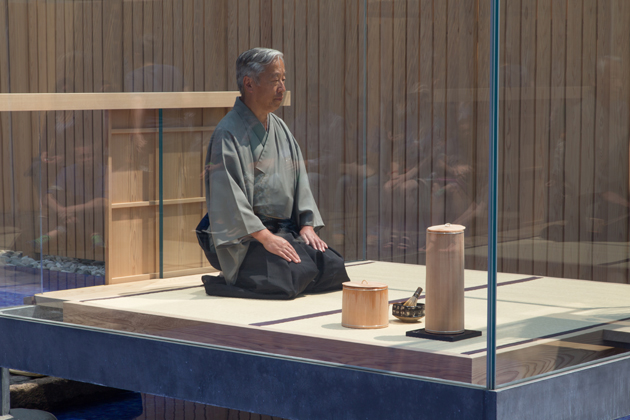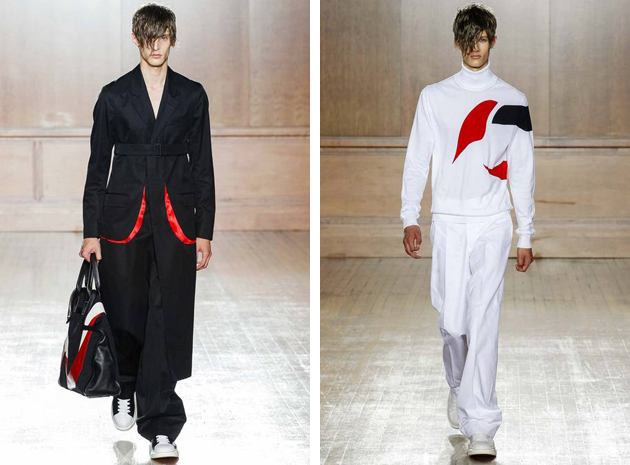
The most varied of major international fashion weeks, London Collections: Men is a very creative market where you can really breathe fashion innovation and extravaganza. In London, typical tailoring suits come together with yeti fur and feminine details, in a unique and totally British way. During the last three days of shows, we saw several micro trends, but the ones that caught our eye the most were basically two: kimono shape and digital colorful inserts.
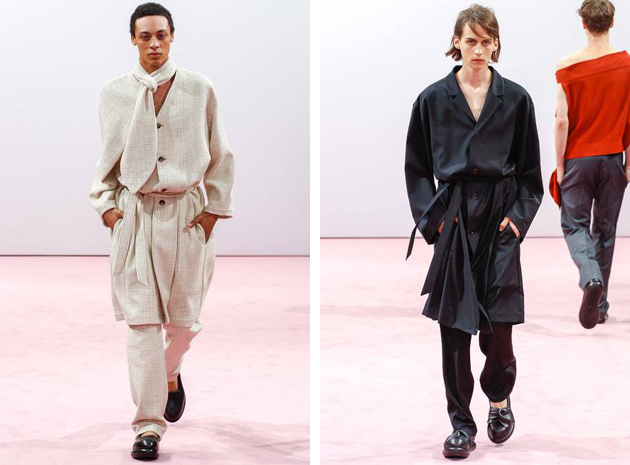
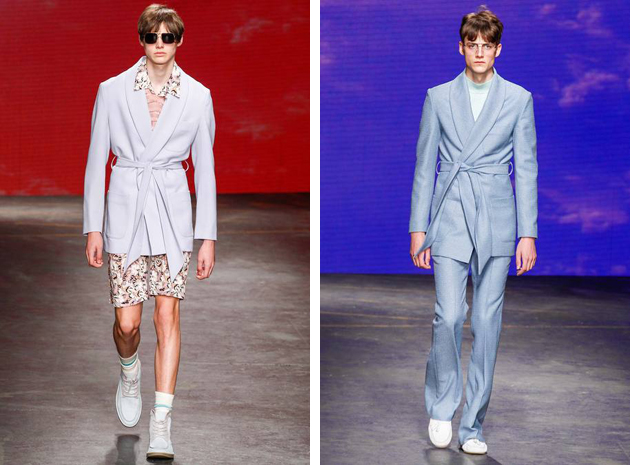
The kimono shape appeared on many runways: Topman Design went for a Seventies flower power mood and surprised with pastel coloured bathrobes worn as cardigans. King of the third sex, J.W. Anderson, played a little bit with the waistline too, by giving an unexpected twist to very simple bottomed tunics. Finally, we cannot but mention Astrid Andersen’s sportive-aggressive approach, presented through a series of martial-arts inspired looks, with a mix of black and vivid warm colours.
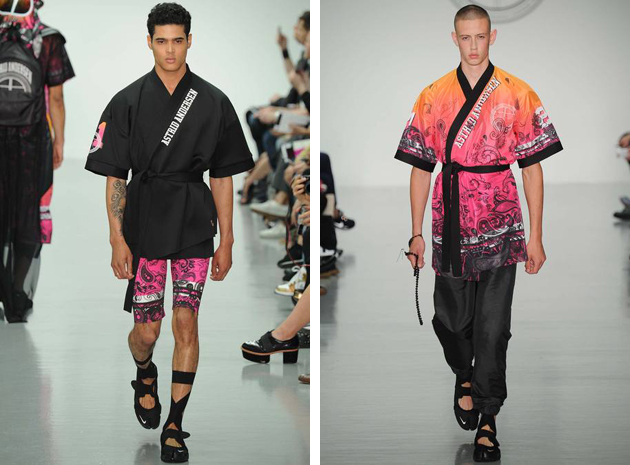
Alexander McQueen SS 2015 runway showcased an attempt to recreate a sort of a higher midriff, with Sara Burton declaring a willingness to break up with the brand’s history and past collections. Her newly proposed path introduced spots of vivid colors in contrast with black and white, recalling a traditional Kabuki mask. A richer colorway and a more digital approach was spotted at Christopher Kane, where a classic black sweater was turned contemporary by adding bright tones in geometric shapes.
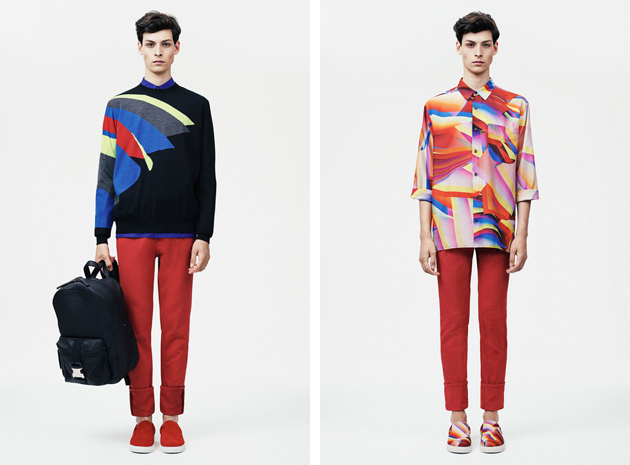
Opening Ceremony, on the other hand, went for softer and bigger shapes and a richer colour palette. Paired with psychedelic prints, Opening Ceremony’s vision underlined an innovative way to see men and their wardrobe. All in all, this season’s runways gave digital coloring a foothold in the field, becoming, together with a soft and refined silhouette, a true season staple.
